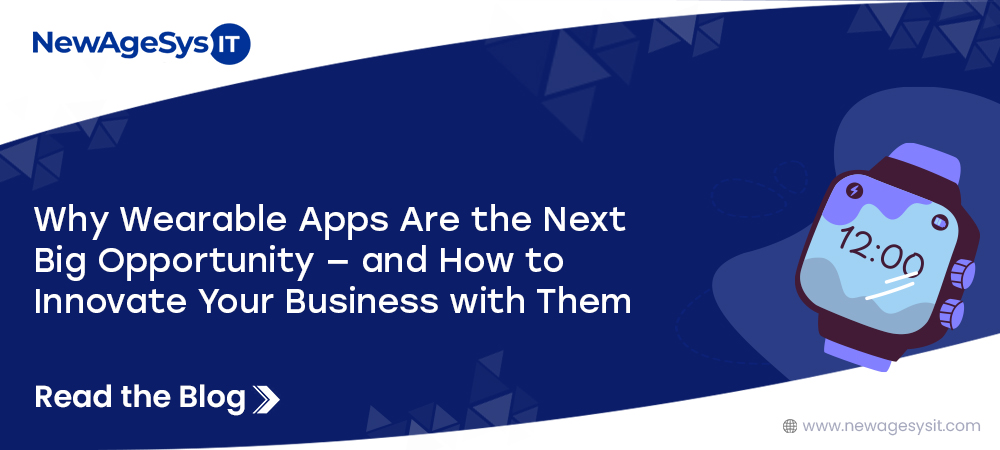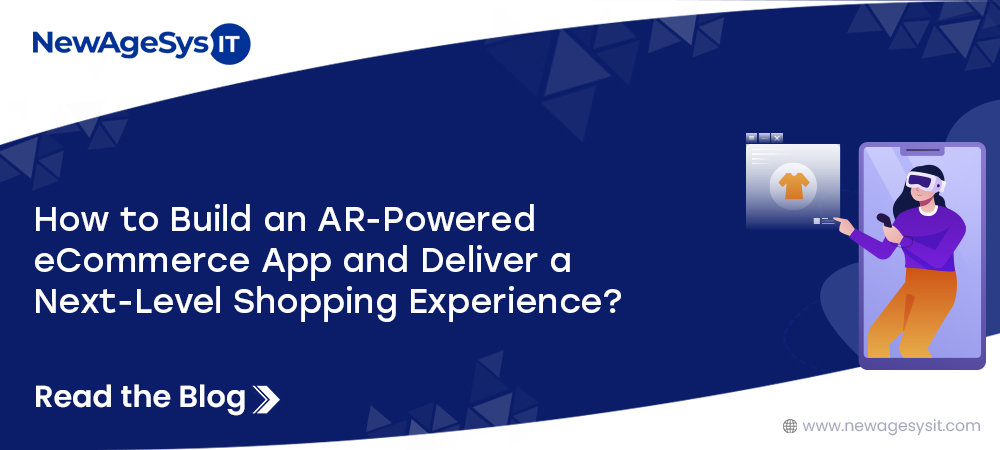Are you aware that the food business, including delivery, promotion, and retail is rising? Do you think that this is because of mobile apps? Let’s start with some current food sector statistics.
Food Industry Insights You Should Know
Hey, do you believe the food industry was worth $8.66 trillion in 2022 and about 7.8% came from online food services like delivery apps and restaurant platforms? And guess what? By 2027, they reckon there’ll be around 2,613.2 million hungry folks using these services. Crazy, right?
And the fact is that these reports are a good sign for the growth of restaurant transformation solutions, such as mobile apps for restaurants. And undoubtedly, many businesses started to maximize this opportunity by investing in online ordering apps.
When developing a restaurant app, cost is an important factor to consider. It’s like building a house: the size and features you desire influence the price.
Based on our experience we give an estimate between $5000 to $10000 for simple apps and for big-sized apps that incorporate high features our estimate is between $20,000 to $40,000. But these are just ballpark figures. And most importantly, the costs depend on the selected features, the developing partner, and how you need your app to be.
You would like to know more about restaurant apps? Then this is your blog. So let’s get started with the basics!
Why Do You Need Restaurant App Development for Your Business?
There are several reasons why restaurants want to have a well-executed mobile app. Let’s have a look at these before getting into the specifics of restaurant mobile app solutions. Here are the top four reasons why your business requires a restaurant mobile app:
Brand awareness
A restaurant mobile ordering app can significantly improve your business’s visibility, marketing to users, and total foot traffic. Apps may help you create high brand awareness in a variety of methods, including push notifications for remarketing, wait time gamification for increased engagement, geo-location tagging for regional popularity, and so on.
Increased bookings
With the rising need for on-demand apps, mobile restaurant applications provide the advantage of more bookings and reservations. Apps help to increase bookings significantly by making it easy for customers to find your restaurant and book tables directly from within the application.
Greater Loyalty
A great experience and delicious cuisine are insufficient to increase your customer loyalty. A reward system that gives customers a discount on their next order or when they suggest a friend can help restaurants increase sales and revenue.
Gather customer feedback
Today’s clients are highly vocal about their experiences. While customers may be uncomfortable discussing your food or restaurant setting, unless the situation is dire, they will almost certainly post their experience online. The review/feedback part of your restaurant application might help you learn what your customers desire and are looking for.
In the app market, it is claimed that the more convenient the set of features, the greater the likelihood of a company collecting cash. The same guideline applies in the restaurant industry as well. So, let’s look at the must-have features for your restaurant app.
Essential Features of Your Restaurant App
The list of must-have features is determined by the details of your restaurant business. For example, if your company primarily provides on-demand internet delivery services, your features should include GPS, a catalog panel, a menu, etc. However, if it is a restaurant chain, you will require capabilities such as “restaurant finder,” “book a table,” and “compare prices.” Furthermore, a restaurant app gains a set of common features required by all food apps. Here they are:
Opening Screen
This is typically the first screen that a customer sees when they launch your program. It includes information about your unique offering or brand story, geographical details, and a taste of the cuisine you offer, as well as testimonials from previous diners.
Menu
The menu area is the second most significant aspect of a restaurant application. Although fairly standard, there are a few features that can set your app apart, such as an extensive search feature that allows consumers to select specific dishes based on flavor, course, ratings, and so on. Furthermore, it is beneficial to include images of the meal as well as a brief description of its components or unique selling points.
Online ordering
Online ordering is one of the most frequent features available on all restaurant apps. You should include geolocation capabilities in the app so that customers can easily pin their address and track how far their order has traveled once placed.
Table Reservations
The table booking option is becoming increasingly popular, despite its lack of mass appeal. You can provide your clients with the choice of choosing a regular table or a specific table by using an interactive floor map, which VR and other new restaurant technology can assist you with.
Login using social media or email
When it comes to collecting consumer information, there are two stages to consider: when they first launch the app and when they place an order or reserve a table in your restaurant. Although our restaurant mobile app developers recommend the second method due to its timeliness, regardless of whatever stage you choose, make sure you provide them with the opportunity to log in via email or social network.
Payment Processing
Making the payment procedure simple and secure is a tried-and-true method for improving the performance of your restaurant app. When your consumers reach the payment stage, you should provide them with a variety of payment alternatives, such as debit card, credit card payment, pay at delivery, add coupons, and so on.
At the payment stage, your associated restaurant app development agency must adhere to payment integration compliances to ensure that your client’s data is always protected.
Push Notifications
Push alerts are the next must-have feature for restaurant apps. You should have an excellent notification plan that revolves around critical hanger hours such as breakfast, lunch, and dinner. While these help with remarketing, you may also include notifications when the order has been accepted by the restaurant or is in transit.
Ratings and Reviews
Ratings and reviews are the last items on our list. Customers base 80% of their meal order decisions on reviews left by other users, regardless of whether we accept them. The better the reviews, the more customers are likely to order from your restaurant. When discussing reviews, it is critical to provide people with the ability to delete and alter their reviews once their issue has been resolved.
It is also critical to incorporate chatbots and support systems to improve the customer experience and make your restaurant app worthwhile. The success of these features, as well as your restaurant app in general, is greatly dependent on how real-time and informative it is. One method to ensure this is to integrate best-in-class APIs into the application. These are the ones that our restaurant app developers recommend: Now that we have looked into the technical components of the restaurant application, let us move to the costing section of the article: the cost of developing an app for online food ordering restaurants.
How Much Does a Restaurant App Development Cost?
The apps created for restaurants are of two types:
The simple restaurant app includes core functions such as menus, orders, payments, push notifications, and location services. A basic restaurant app development cost will range from $8000 to $15,000. On the other hand, an advanced complicated restaurant app with capabilities such as pre-ordering meals, 3D views of the restaurant, 3D menus, order monitoring status, and so on starts at $25,000. Here’s a breakdown of the other costs associated with developing a restaurant app:
- Features-set
- Mobile app design
- Factors affecting team size include agency location.
- Platform for app deployment.
- Technology stack used
- App complexity, etc.
To give you an idea of the time and cost, here’s a table that shows the restaurant app development time and cost for both Android and iOS platforms. When it comes to the development of restaurant online ordering apps, businesses should start by creating an MVP. It is usually better to test the waters with a functional model of your app idea before diving into full-fledged restaurant app development services. This allows you to see how people are reacting to your app – what improvements they want to see, which features they want more of, and so on. However, if you are confident in your product idea, fully constructing an app for your restaurant is not a bad idea either. In any case, our restaurant app development services can assist you in improving the functionality of your restaurant apps.
How Can NewAgeSysIT Assist Your Business with Restaurant App Development?
NewAgeSysIT is a restaurant app development company whose team of domain experts has worked with brands from concept to deployment of all custom iOS and Android apps for restaurant phases, assisting them in increasing conversion rates and in-restaurant footfall significantly. We provide restaurant industry stakeholders with solutions such as:
- On-premise food order
- POS development
- Restaurant online ordering app
- Food delivery app development
- Food ordering apps development
- Inventory management solutions
- Restaurant web portals
- Waiter management solutions
- Restaurant chains
- Kitchen display system etc.
The next stage is to start from scratch, by creating a mobile app for your restaurant. Contact our domain specialists today to get started.








